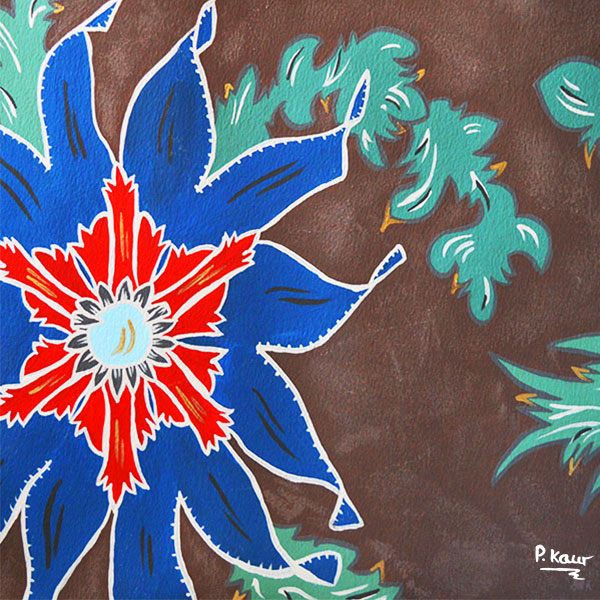Movements in art and design happen all the time, with the various events in society and the artists of the time who want to go against the mainstream.
The Arts and Crafts movement is defined to be at the end of the 19th century going into the 20th century and centred in Britain, then spread to other areas of the world. It comes after the introduction and rise of the Industrial Revolution, beginning mid to end of the 18th century, which transitioned production from hand-made to machines and new manufacturing methods. Many advances were made here including steam power, water power and the use of machines to carry out tasks once undertaken by hand. The textile industry was the first to use modern production methods.
There was a Second Industrial Revolution which occurred late 19th century when the next wave of advancements took place. These include railroads, oil production, steel production, mass production, advancements in paper making and electricity.
Movements, whether they be art, political or religious always come out of the desire to move away from a particular way of doing things. This is the basis of progress and innovation in all industries of our society.
With every stage of advancement, there are people opposed to the advancement, for good and bad reasons. The rise of machinery and factory production took away from the hand-made economy. We can see similar things occurring even today as our machines get more advanced, the hand-made industry is slowly dwindling. So much so there is a list of endangered crafts such as damask weaving, fabric pleating, flute making, brush making, broom making, rope making and passementerie. This notion of the machines taking away from the crafts people was sparked in the time of John Ruskin, Walter Crane and William Morris.
The Arts and Crafts movement began somewhere mid-19th century, well after the first Industrial Revolution began and going into the Second Industrial Revolution. It was written by John Ruskin a writer, that mass production takes away from the artist and he spoke against the division of labour that was caused by factory working.
William Morris was a pinnacle of this movement. He too wanted to preserve the hand crafted industry, noting that there is nothing like the designer and maker being the same person. He did however like machines when they could deliver quality and not the cheap reproductions that they were producing, ornate and ostentatious designs of the Victorian Age. He wanted a return to simpler living. This can be seen in architecture coming from this movement, as well as designs in other arenas. Walter Crane was a close associate of Morris’ and also advocated that products should be designed and made by the same person, not by division of labour.
The movement was a very social one, fighting against the industrial time they found themselves in. Nevertheless, the idea of a simpler life and simpler things spilled into other areas of society such as architecture, sculpture, painting, book making, photography, furniture, and other decorative arts. It became the dominant style by the end of the 19th century, all things hand-made. Morris’ designs were based on flora and fauna, and taking style elements from British countryside. With this, the idea of craftsmanship spread and many craft communities were established.
By the time World War One came about, the movement went into decline. It would influence the later styles of Art Nouveau and Bauhaus.





